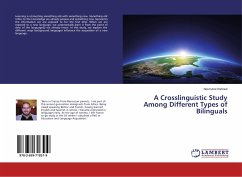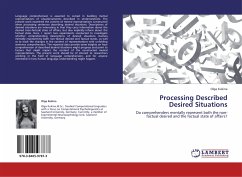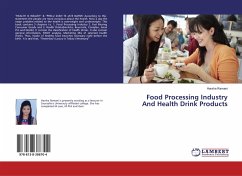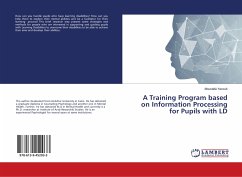In a world increasingly multicultural and multilingual, the study of second language acquisition and particularly of how the brain acquires and processes a second language (L2) after childhood is a research area which has become increasingly important not only in its own right but also due to the significant social and educational implications of the findings from these studies. However, little is still known about how an L2 acquired after childhood is represented, how it is processed and whether this is indeed qualitatively different to what happens in childhood L2 acquisition. The aim of this work is to shed light on these questions. Using the Event Related Potentials (ERP) technique, the electrophysiological correlates of grammatical gender and number processing are examined in highly proficient late L2 learners of Spanish from different L1 backgrounds (English and Chinese) to explore the roles of age of acquisition, L2 proficiency and language transfer effects in L2 morphosyntax processing. The results reveal important information about the processing of languages learnt in adulthood.
Bitte wählen Sie Ihr Anliegen aus.
Rechnungen
Retourenschein anfordern
Bestellstatus
Storno








